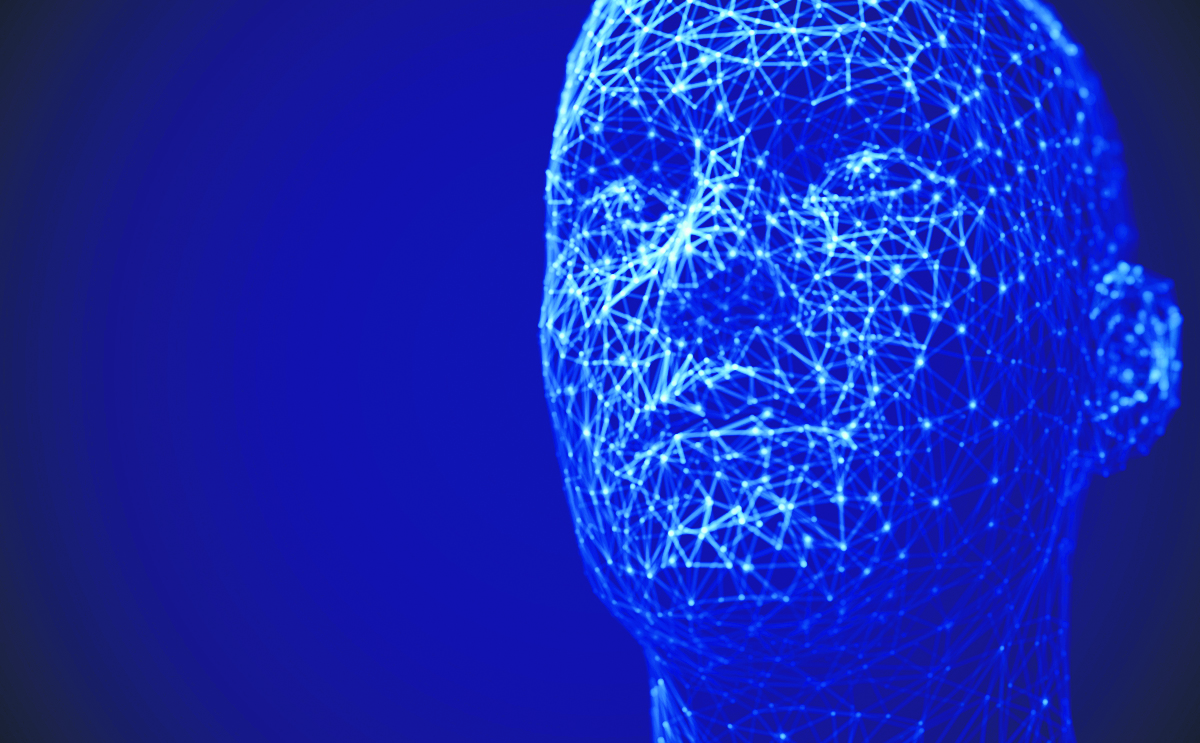Digital disinformation in the form of fake news, morphed pictures and manipulated videos are becoming a common sight on the internet, especially on social media platforms.
In the realm of digital manipulation, the evolution of deepfake technology has ushered in a new era of concern and scepticism. The sophistication of audio and visual deepfakes has reached a level where even the human eye and ear struggle to discern authenticity. These artificially generated media, meticulously crafted through deep learning methods, pose an unprecedented challenge to the realms of truth and reality.
So the question arises what are deepfakes? Deepfakes are the products of artificial intelligence applications that seamlessly merge, combine, replace and superimpose images and video clips to create fake videos or pictures that appear startlingly authentic. The overarching categories that encapsulate the multifaceted nature of deepfake are: (a) Audio deepfakes by using AI to generate, edit or modify audio content, often imitating human speech patterns and tonal nuances aimed at sounding authentically real; (b) Text deepfakes where a wide range of manipulated text, including articles, social media posts, or any textual content that has been artificially altered or generated by AI algorithms to appear genuine; (c) Video deepfakes are videos that undergo editing or synthesis through AI techniques, such as face swapping, reenactment of body movements, alteration of speech content through AI-generated text, and the creation of entirely synthetic videos using AI algorithms; (d) Image deepfakes where AI-based editing, synthesis, and face swapping within images, showcasing the technology’s capacity to fabricate or alter visual content convincingly.
Another pertinent question relating to deepfakes is the threat they pose. In the era of vast connectivity and widespread technology adoption, false information can spread like wildfire, reaching hundreds of thousands and even millions of people within hours. The combination of social media’s rapid information dissemination and the technological advancements of deep learning and AI has created a challenging environment for discerning the authenticity of content.
Digital disinformation in the form of fake news, morphed pictures and manipulated videos are becoming a common sight on the internet, especially on social media platforms. These digital forgeries are crafted with such precision that they can make individuals appear to say or do things they never did. The consequences of deepfake technology are profound, making it a potent tool for those seeking to deceive, harass and manipulate.
The rapid proliferation of these deceptive media, often propelled by the widespread use of social media platforms, has exacerbated the challenge of identifying authentic content. The very mechanisms designed to enhance the accessibility and sharing of information have inadvertently provided a fertile ground for the dissemination of misleading deepfakes.
Technological advancements aimed at combating the proliferation of deepfakes are continuously evolving. Efforts are underway to develop robust detection mechanisms employing sophisticated algorithms and artificial intelligence. Yet, the cat-and-mouse game persists, as forgers, in a bid to outsmart detection systems, continue to refine their methods and innovate further.
Moreover, the implications of undetected or misinterpreted deepfakes extend beyond misinformation and deception. They have the potential to erode trust in institutions, sow discord and manipulate public opinion, thereby amplifying societal divisions.
Recognizing the looming threat posed by the proliferation of convincing deepfakes, major tech industry players such as Facebook, Google, Amazon Web Services and Microsoft have taken a proactive stance by jointly announcing the Deepfake Detection Challenge.
While the public good is undeniably at the forefront of this initiative, it is crucial to acknowledge that the involvement of these tech giants is not solely driven by altruism. Their active participation aligns with their vested interests, especially considering the potential legal and regulatory landscape surrounding deepfake technology. Governments across the globe are taking cognisance of the threat deepfakes pose and are in continuous talks with key stakeholders. One such example is the enactment and enforcement of legislation, such as California’s Anti-Deepfake Bill, places significant responsibility on tech companies to combat the spread of maliciously created deepfakes. The recent discussion the IT Minister of India Ashwini Vaishnaw with social media platforms on ways to tackle deepfakes is also a case in point.
Interestingly, social media platforms often find themselves on the front lines of combatting the misuse of their platforms for disseminating misleading content, including deepfakes. Developing robust and practical detection mechanisms is not just a moral imperative but also a strategic move for these tech giants. Detection systems that can effectively identify and mitigate the spread of deepfakes not only contribute to the protection of users but also align with the social media platforms’ interests in maintaining trust and credibility within their platforms.
The symbiotic relationship between the tech industry’s pursuit of effective detection mechanisms and the necessity for regulatory compliance underlines the multifaceted motivations behind their involvement in initiatives like the Deepfake Detection Challenge. As the battle against audio and visual deepfakes wages on, a multi-faceted approach is imperative. As technology continues to evolve regulations around deepfake usage should tighten and collaborative efforts between tech companies, researchers, policymakers and regulators should increase to mitigate the adverse effects of manipulated media and preserving the integrity of digital content.
In the years ahead, increased awareness, coupled with the development of robust detection tools with a robust legal framework ensuring swift enforcement remains crucial in safeguarding the integrity of digital content and preserving the fundamental tenets of truth and authenticity in the digital age.
Khushbu Jain is a practising advocate in the Supreme Court and founding partner of the law firm, Ark Legal.

